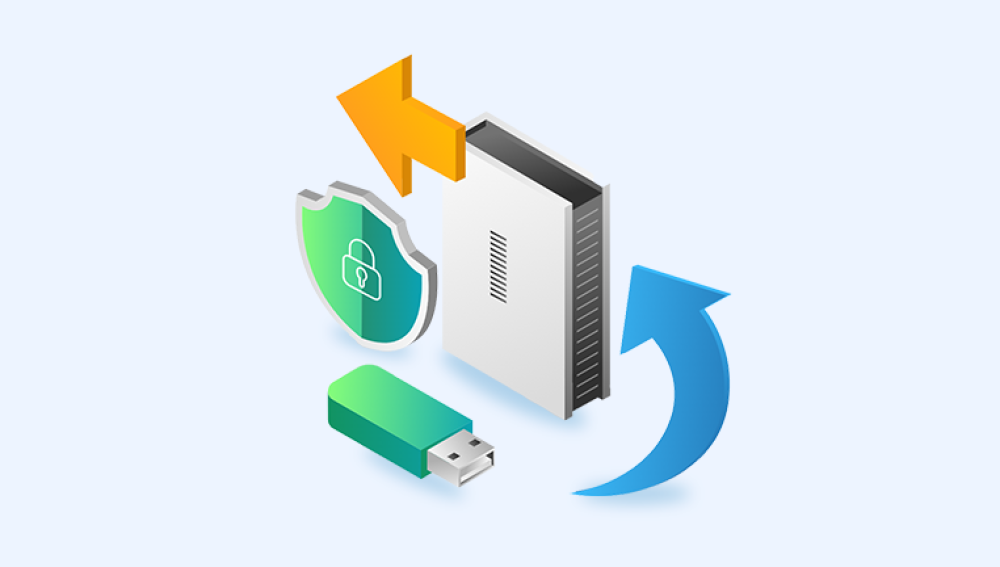Computer forensics plays a vital role in recovering and analyzing data from electronic devices such as computers, hard drives, smartphones, and servers to uncover critical information. The data recovery process involves not just retrieving lost or deleted files, but also ensuring that the recovered information can be used as legal evidence if necessary.
What is Computer Forensics?
Computer forensics refers to the field of forensic science dedicated to the recovery, analysis, and preservation of data from electronic devices. The primary objective is to collect and preserve digital evidence in a manner that is legally admissible in court or other legal settings.
Forensics experts use specialized techniques to uncover and investigate data that might be hidden, deleted, or corrupted. This involves extracting information from hard drives, USB drives, cloud storage, mobile phones, and other digital devices. It also involves tracking user activity, including internet browsing, communications, and file interactions, to understand how and why data was created, altered, or deleted.

Key Principles of Computer Forensics:
Preservation of Evidence: Ensuring the integrity and chain of custody of digital evidence.
Non-repudiation: Ensuring that the evidence cannot be disputed or altered.
Accountability: Documenting and reporting every action taken during the investigation.
Admissibility: Ensuring that recovered data meets legal standards and can be used in court.
Data Recovery in Computer Forensics
Data recovery in computer forensics is the process of recovering lost, deleted, or corrupted data from various digital devices and storage media. In forensic investigations, data recovery goes beyond simple retrieval; it focuses on obtaining accurate, reliable evidence while preserving the original condition of the data. The process is often more complex than standard data recovery because it involves legal constraints, ethical considerations, and forensic tools to ensure that the data remains untainted and usable for investigation purposes.
Types of Data Recovered in Forensics
Deleted Files: Files that were intentionally or unintentionally deleted, often from hard drives, USB drives, or cloud accounts.
Hidden Data: Data that has been hidden through software or malicious activities, such as data steganography or encryption.
Corrupted Data: Files that have become damaged due to hardware failure, software bugs, or malicious attacks.
Temporary Files: Data stored temporarily by the operating system or applications that can provide insight into user activity.
Metadata: Information about the creation, modification, and access of files that may reveal significant details about the usage of the device.
How Data is Lost
Data can be lost or corrupted for various reasons, including:
Accidental Deletion: Mistakenly deleting files or formatting storage devices.
System Crashes: Unexpected shutdowns or power losses that lead to corruption.
Malware and Viruses: Attacks that corrupt or delete files.
Physical Damage: Damage to storage media due to fire, water, or mechanical failure.
Human Error: Incorrect use of software or mismanagement of digital resources.
Challenges in Forensic Data Recovery
Forensic data recovery faces several challenges, including:
Encryption: Data that is encrypted, either through software or hardware, requires decryption to retrieve usable data.
File Fragmentation: When files are fragmented across multiple sectors on a storage device, it can be difficult to recover them as a complete file.
Overwritten Data: Once data has been overwritten, especially in the case of hard drives and flash memory, it may be irrecoverable.
Legal Compliance: Ensuring that the recovery and handling of evidence meet all legal requirements to maintain admissibility in court.
Forensic Data Recovery Process
The process of forensic data recovery typically involves several key steps, which are carried out by trained professionals to ensure the accuracy and reliability of the recovered data.
1. Identification
The first step is identifying the devices or storage media that need to be analyzed. This may include hard drives, USB drives, SSDs, mobile phones, and even cloud storage. The forensics expert must understand the device's file system and potential methods for recovery.
2. Preservation of Evidence
Once the devices have been identified, the next step is to preserve the evidence. This means creating a bit-for-bit copy of the storage medium to ensure that no data is altered during the recovery process. Forensic experts typically use specialized tools and software to create a forensic image, which is an exact replica of the data.
3. Data Acquisition
After creating the forensic image, the expert proceeds with data acquisition. This step involves scanning the storage medium for recoverable data. Using advanced data recovery tools, the expert can recover deleted files, find hidden or encrypted data, and retrieve data from damaged or corrupted files.
4. Data Analysis
Once the data has been recovered, the forensic team analyzes the data to determine its relevance and significance to the investigation. This may involve:
File Recovery: Recovering and restoring deleted or corrupted files.
Metadata Analysis: Extracting and examining metadata to understand the context of file modifications and deletions.
Timeline Reconstruction: Creating a timeline of events based on file creation, access, and modification times.
Keyword Searches: Searching the recovered data for specific terms or patterns that may be relevant to the investigation.
5. Documentation and Reporting
During the entire process, forensic experts must document every action they take to ensure that the integrity of the evidence is maintained. This documentation is critical for legal purposes, as it helps establish the chain of custody and demonstrates that the evidence was handled properly. A detailed report is also created to summarize the findings and provide insight into the investigation.
Tools Used in Computer Forensics Data Recovery
Several software tools and technologies are used in forensic data recovery. These tools help professionals recover data from a variety of file systems and devices while maintaining the integrity of the evidence.
1. FTK Imager
FTK Imager is a popular tool used in computer forensics to acquire data from digital devices. It allows forensic experts to create forensic images and analyze data from hard drives, CDs, DVDs, and mobile devices. It supports a wide range of file systems, including NTFS, FAT, and exFAT.
2. EnCase
EnCase is a comprehensive forensic tool used for acquiring, analyzing, and presenting digital evidence. It is often used in legal and law enforcement investigations and supports a variety of file systems and devices.
3. Autopsy
Autopsy is an open-source digital forensics platform used to analyze disk images, search for specific keywords, and perform data recovery. It is widely used in law enforcement and legal investigations due to its powerful analysis capabilities.
4. Drecov Data Recovery
Drecov Data Recovery is a powerful software tool designed to help users recover lost, deleted, or corrupted data from various storage devices, including hard drives, SSDs, USB drives, memory cards, and other digital media. Whether the data was lost due to accidental deletion, system crashes, or formatting errors, Drecov Data Recovery offers an efficient solution to retrieve critical files like documents, photos, videos, and more.
The software is known for its user-friendly interface, making it accessible even for non-technical users. It employs advanced scanning algorithms to locate recoverable files, including those hidden in damaged or inaccessible sectors of a storage device. Additionally, Drecov Data Recovery supports a range of file systems, including FAT, NTFS, exFAT, and more.
Key features include deep scanning for thorough recovery, the ability to preview recoverable files before restoring them, and secure, risk-free recovery that minimizes the chance of data overwriting. It also provides options for creating disk images to prevent further data loss.
5. X1 Social Discovery
X1 Social Discovery is a tool used to recover data from social media platforms and email systems. It is often used in forensic investigations to track online communications and interactions.
6. Cellebrite UFED
Cellebrite UFED is a popular tool for mobile device forensics. It supports the extraction and analysis of data from smartphones, tablets, and other mobile devices, including deleted files and app data.
Legal and Ethical Considerations
Data recovery in computer forensics is not only a technical challenge but also a legal and ethical one. Forensic experts must adhere to strict guidelines to ensure that the evidence they recover is admissible in court.
Chain of Custody
Maintaining an unbroken chain of custody is essential in forensic investigations. Every time the evidence changes hands, it must be documented, and the evidence must be stored securely to prevent tampering.
Admissibility in Court
Forensic data must be recovered and handled according to legal standards to be admissible in court. This involves following best practices for data preservation, documentation, and reporting.
Privacy Concerns
Forensic experts must balance the need for data recovery with individuals' privacy rights. In some cases, privacy laws may limit what data can be accessed, especially in personal or confidential matters.
Computer forensics data recovery is an essential skill for uncovering and preserving critical digital evidence. Whether it's for a legal investigation, corporate security analysis, or personal data recovery, forensic experts use specialized tools and techniques to recover data that would otherwise be lost. By adhering to strict legal and ethical standards, forensic professionals ensure that their findings are credible, reliable, and useful in court. As digital technology continues to evolve, so too will the methods and tools for forensic data recovery, making it a constantly advancing field with vital implications for justice and security.




